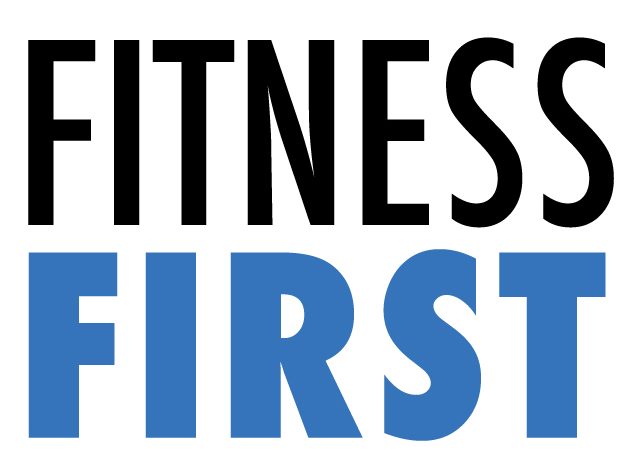
Being a collegiate basketball coach for 12 years, I know the importance of in-season training for athletes and pre-game workouts. Players need to train throughout the season to maintain strength, agility, and stamina.
But this must be weighed against maintaining a level of freshness and health for the team prior to competition. Too much training before a competition could create injuries or leave players without enough energy to play their best.
Though I’m no longer coaching, I still find myself considering this question of striking the right balance of pre-game workout quantity.
In my travels for Fitness 1st I frequently visit high school and college weight training facilities across the Midwest. As a part of my job, I seek to understand training plans and equipment needs. To that end, I routinely ask the coaching staff what their training program looks like in-season versus out-of-season. How do workout volumes change in the days before a game? While the answers I get may vary, they all stem from a core training model or philosophy.
I wanted to explore this topic more thoroughly, so I reached out to several coaches to discuss it in greater depth. What follows are the view points from different coaches I’ve worked with over the years.
University of Texas Women’s Basketball
The Coach

Zack Zillner is the Sport Performance Coach for the University of Texas Women’s Basketball. The Longhorns’ program regularly appears in the NCAA Tournament each spring. So it’s important for Coach Zillner to keep his players healthy for the long season, while also maintaining peak performance.
The Philosophy
During the season, Coach Zillner trains his athletes before practice six days a week. They focus on low volume and high intensity. As an example, on a squat days, they only perform three reps per set while in season. Out of season he typically aims for five to eight reps instead.
Pros
Coach Zillner believes that this approach actually makes his team fresher, with less soreness throughout the season, because it is a constant process. He calls this the “bounce back factor”, preventing players from being sidelined by nagging injuries. This method also builds endurance for the athlete, helping overcome the rigors of the season. The performance numbers seem to bear this out. This team is always operating at their best when March comes around.
Cons
There is always another side to something like this and Coach Zellner understands where other coaches might see issues: load management, over training, and time management.
Coach Zellner believes that his approach of low volume and high intensity mitigate any concerns regarding load management and over training.
Time management is a pretty big issue. And in NCAA athletics, mandatory training time is a HUGE balancing act. Since training in the weight room 30 minutes a day could take away from on court progress, they implement “on their own” training before/after practice. This helps to bridge the gap because Coach Zellner’s training time is deemed to be irreplaceable.
Join the Fitness 1st Newsletter
If you want more insight like this, or to be the first to hear about our great deals, then go ahead and sign up for our newsletter.
Stanford University Women’s Basketball
The Coach

Ali Kershner is the Associate Olympic Sports Performance Coach for Stanford University. She works with Women’s Basketball and Golf at Stanford University. I worked with Ali while we were both coaches at the University of Kansas. The philosophy she likes to follow is, “we are not training for tomorrow, but for March and April.”
The Philosophy
For in-season training, Coach Kershner has her athletes train three times a week after practice. This approach is based on the notion of keeping the body strong because overall health flows from strength.
She is a big advocate for low volume and high intensity while in season. She referred to this program as “micro-dosing”. It focuses on doing a little at a time in order to maintain current health and performance levels without overdoing it.
Pros
Coach Kershner structures her training to workout all areas of the body. This approach keeps the body strong during the season. And by training after practice, she can adjust workouts in response to what happened there.
Stanford Women’s Basketball is another perennial postseason visitor and she feels her approach truly sets them up for high performance once March and April roll around.
Cons
Coach Kershner acknowledges that some might find fault with her approach. As with the program at Texas, load management and time consumption are potential issues. In addition, it can be hard to find balance for freshman/low minute players. And one has to contend with the fact that players may not have much energy for training after completing a rigorous practice.
Kershner implements low volume and high intensity workouts to combat the load management. She also molds specialized training that accounts for players game time and experience. Players who see a lot of court time get a different program than those that don’t. Freshman workout differently than seniors.
As far as training after practice, “it is what it is,” as she puts it. Instead of seeing that post-practice fatigue as an impediment to a good workout, she sees it as an opportunity for her athletes to build mental toughness. However, she points out, as the season goes on and the body gets stronger (and practices get shorter), post-practice workouts get easier for most of her players.
Hastings College Athletics
The Coach

The third coach I spoke with on this topic is Brett Wells. He is the Director of Human Performance at Hastings College. He broke down his approach to Football and Basketball at the High School and NAIA levels.
The Philosophy
Coach Wells believes strongly that there is a need for in-season training (which he feels is a belief not shared widely enough). He implemented in-season training at Hastings College and saw injuries drastically decrease from 25 injuries three seasons ago to just three last season.
Wells also implements a “micro-dosing” strategy for his athletes. He has his football players lift two to three times per week, on either a Sunday/Tuesday/Thursday or Sunday/Monday/Wednesday schedule. Over the course of a 12-14 week season, though, he will find 1-2 weeks for nothing but recovery, usually around weeks six through eight.
For his basketball players he aims two to six times per week for 10-30 minutes at a time. He implements a recovery week near the six to eight week mark for these athletes as well.
This approach allows him to hit his benchmarks on certain lifts (squats/bench) and testings (vertical/core test).
What is the best for the athletes?
Although each of these coaches’ training philosophies had similarities and differences between one another, one thing was always consistent. “What is best for the athletes and what they respond to is the best approach at times.”
They all know that there are plenty of walls to break down in training these athletes. They recognize that each athlete is different. Tailoring workout routines for a specific position, size, age, and other factors is important
One thing I took away from my conversations with these coaches, thought, is that in-season and pre-game training is an absolute MUST for all athletes. The way you implement it might vary, but, as these three institutions show, success on the court requires time in the weight room.

